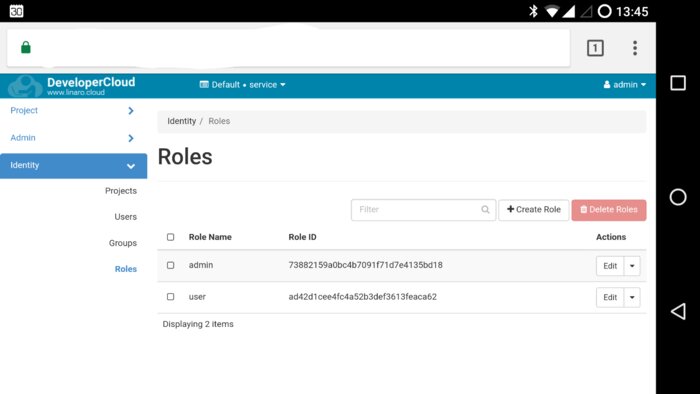For about a year I have been working on OpenStack on AArch64 architecture. And the question from the title is asked from time to time in this or other forms.
Yes, I do have AArch64 powered phone nowadays. But it has just 4GB of memory and runs Android. So is not a good platform for using OpenStack.
I am aware that for many people anything which came from ARM Ltd means small, embedded, not worthy serious effort etc. For me they are not wrong — they are just ‘not up to date’.
We have servers. Sure, someone can say that we had them years ago and it will be right too. There were Marvell server boards, Calxeda had their “high density” boxes with huge amount of quad core cpus. But now we have ‘boring’ ones which can be used in same way as x86-64 ones.
ARM Ltd published SBSA and SBBR specifications which define what ARM server is nowadays. Short version is “boring box which you put into rack, plug power and network, power it on and install any Enterprise Linux distribution”. No need to deal with weird bootloaders (looking from server perspective), random kernel versions etc. Just unpack, connect and use.
But what you get inside? It depends on product. Can be 1 cpu with 8 cores but can also be 1-2 cpus with 48 cores per cpu. Or even more (I heard about 240 cpu cores products but not idea are they on market now). And processors means memory. What about 1TB (terabyte) of memory per CPU? Cavium ThunderX mainboards allow such setup with 8 memory dimms per cpu.
Then goes network. With 32bit ARM machines the problem was “will it support 1GbE?” and with AArch64 servers that problem can re-appear too as some systems do not support ports with less than 10GbE (some ThunderX boards have 3x40GbE + 4x10GbE ports). RJ-45 connector is usually to connect with BMC (think IPMI).
Storage is Serial-ATA, whatever you plug into PCI Express or something on network. Choose your way. I would not be surprised with M.2 connectors too.
Usually that means that several PCI Express chips are present on board to provide all that. On AArch64 most of controllers are already part of SoC to make things easier and faster.
On top of that we run standard distributions like CentOS, Debian, Fedora or OpenSUSE. Out of box, with distro kernels based on mainline kernels. And then we install OpenStack. From packages, as Docker containers, using devstack or any other way we tend to use.
And when I really have to use OpenStack on my phone then it looks like this:
